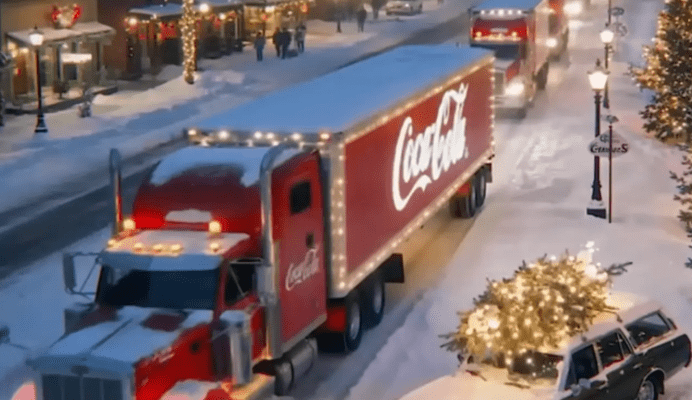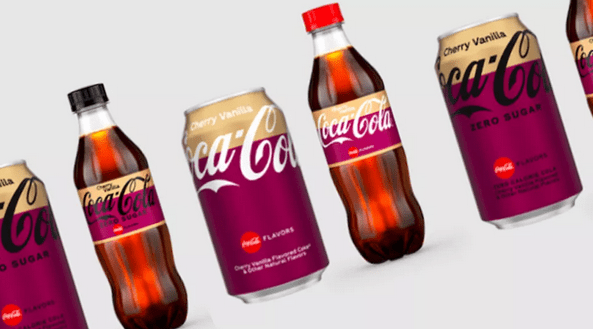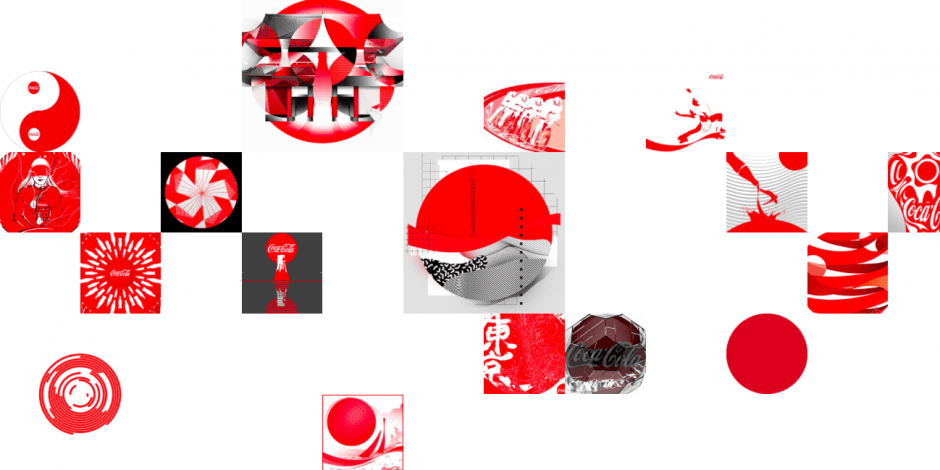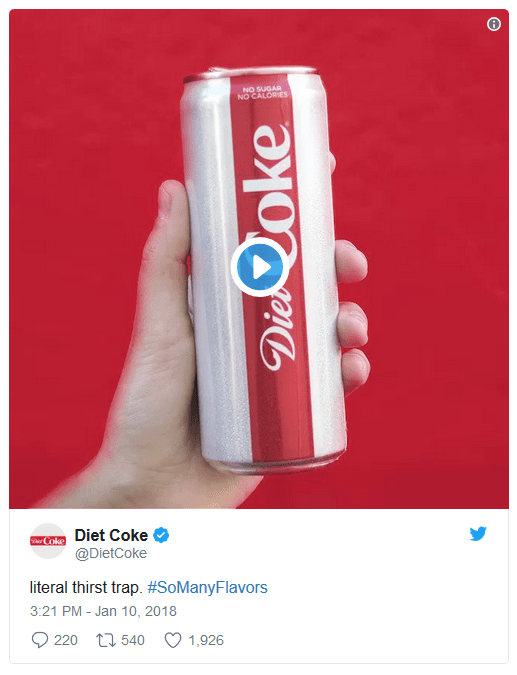By
- Coca-Cola has rolled out its second AI-generated holiday ad campaign, featuring its iconic trucks.
- Eagle-eyed viewers have noticed glitchy inconsistencies.
- The studio behind the ad said Coke is pioneering AI, “rather than waiting for it to be 100% ready.”
This week, the soda giant unveiled three ads that will form part of its 2025 holiday campaign. One of the ads — an AI-generated remake of its iconic 1995 “Holidays are Coming” spot — has some glitchy inconsistencies.
Look closely, and you’ll see the famous Coca-Cola trucks appear to change shape as they roll through the festive village. The trucks also appear to gain or lose wheels in each scene.
Dino Burbidge, an independent innovation specialist, created this handy graphic to help you follow along:
Other viewers also noticed other apparent inconsistencies, including a concerning moment at the 50-second mark when a truck appears to be on a collision course with a crowd of onlookers.
“I really miss pre-AI internet,” reads one comment under the YouTube video.
Coca-Cola’s wobbly Christmas trucks highlight one of the biggest shortcomings of generative video models: the tech often struggles to maintain the consistency of characters and objects between multiple shots. Many systems generate video on a frame-by-frame basis without maintaining a strong memory of prior scenes, resulting in temporal drift — although some newer models claim to have solved this problem.
The lack of continuity is often one of the biggest giveaways that a video is inauthentic.
Marketers and the broader advertising industry have quickly adopted AI as a means to expedite production times and reduce costs. However, the industry’s adoption of the technology has also led to concerns about job losses and an overall decline in the quality of advertising. Recent research has found that some consumers have an aversion to AI-generated ads, especially those that feature human faces.
Coca-Cola didn’t respond to Business Insider’s requests for comment.
“There will be people who criticize — we cannot keep everyone 100% happy,” Pratik Thakar, Coca-Cola’s global VP and head of generative AI, said in an interview with The Hollywood Reporter this week. “But if the majority of consumers see it in a positive way, it’s worth going forward.”
In a behind-the-scenes video posted to Coca-Cola’s YouTube channel on Monday, the company said just five AI specialists refined 70,000 video clips to create the ad in 30 days, using tools such as OpenAI’s Sora, Google’s Veo 3, and Luma AI. There were some tweaks in post-production, the video said.
Silverside AI, an AI innovation lab backed by the ad agency Pereira O’Dell, worked with Coca-Cola to produce the 2025 “Holidays are Coming” spot.
“Coca-Cola became a pioneer in this space because, once they recognized AI as the future, they stopped debating whether it’s perfect or not — and instead focused on how to use it in the best, most creative way possible,” PJ Pereira, cofounder of Pereira O’Dell & Silverside AI, told Business Insider in a statement.
“When the world is evolving this fast, we need brands with the kind of leadership Coca-Cola shows, pushing technology and craft forward rather than waiting for it to be 100% ready,” Pereira said. He added that the ad had “already tested incredibly” well.
Never mind the critics — does the ad do its job?
System1, which rates ads on a scale from 1 to 5.9 stars on their potential to drive long-term growth for brands, gave the 2025 “Holidays are Coming” ads the highest possible score: 5.9. The research company asks a panel of consumers across several countries to indicate how they feel about the ad they’re viewing from a list of emotions ranging from contempt and disgust to happiness and surprise.
“While generative AI played a role behind the scenes, what truly shines through is Coca-Cola’s commitment to emotional storytelling and creative consistency,” said Vanessa Chin, System1’s senior vice president of marketing. “It’s a powerful reminder that when a brand understands its audience and honours what works, the results speak for themselves.”
DAIVID, another creative testing platform that measures viewer emotions, said the “Holidays are Coming” ad was slightly less likely (2.1%) to generate positive emotions and more likely to evoke feelings of distrust (2%) than the industry norms. However, it did generate higher-than-average attention and brand recall scores, which a DAIVID spokesperson said was likely because Coca-Cola ads are very distinctive.
Coca-Cola’s 2024 AI-generated holiday campaign also drew a polarizing response. One of the videos — another take on the classic trucks ad — was widely panned online as AI slop, with critics picking up on details like the wheels gliding across the floor instead of spinning and the eerie-looking AI “humans” smiling creepily.
In an interview with Ad Age last year, Thakar said of the 2024 ad that consumers don’t look at AI campaigns in the same way creative directors do. “Consumers were not concerned about AI versus non-AI,” Thakar said.
Burbidge, the innovation specialist who posted online about the faulty wheels on Coca-Cola’s AI trucks, said in an interview with Business Insider that the production issues in Coca-Cola’s campaigns were inexcusable and that the company risks damage to its brand.
“Is this the slippery slope that previously trusted media and production values will go down because ‘consumers don’t care’?” Burbidge said. “Craft, creativity, and quality should hold true. As soon as we let that go, who’s going to fight for it?”
Feature image credit: YouTube/@Coca-Cola













